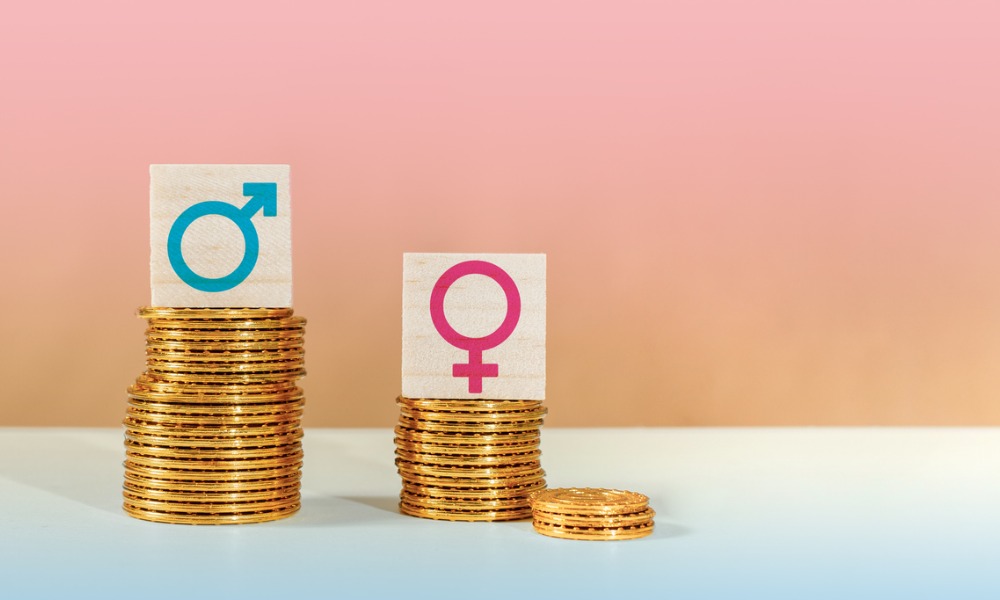
Women's wages at 78% of men's

The gender pay gap in Australia dropped to a new record low of 21.7% in 2023, according to the latest data from the Workplace Gender Equality Agency (WGEA).
This means that for every dollar earned by men, women earn 78 cents.
Annually, this means the pay difference between men and women has narrowed by $1,322 - but there is still a gap of $26,393.
According to WGEA, this year's latest gender pay gap is a drop of 1.1 percentage points from the previous 22.8% in 2022. This is the second-largest single year drop since the records began in 2014.
The gender pay gap data covers base salary, overtime, bonuses, and additional payments, which are taken from WGEA's annual Employer Census.
WGEA chief executive officer Mary Wooldridge attributed the lowest-ever pay gap to the growing number of women in management roles and in the upper pay quartiles.
"We also see the proportion of women being promoted and appointed at manager level is higher than the proportion of women managers overall. As this trend continues, we can expect to see the gender pay gap continue to fall," Wooldridge said in a statement.
She also attributed it to the growing discussion on gender equality, a tight labour market, and incoming legislation on publishing gender gap.
WGEA's findings are consistent with the 13% national gender pay gap recorded early this year, which is also the lowest-ever and is based on data from Australian Bureau of Statistics (ABS).
The ABS data, however, only covers base salary for full-time workers, which WGEA warned could paint a "limited" picture of the true gender pay gap.
Meanwhile, WGEA's 2023 Gender Equality Scorecard also revealed that employers made "strong progress" on other areas aside from the gender pay gap.
The proportion of employees working in non-highly gender segregated industries also went up 50% for the first time, while 84% of employers are now implementing flexible work.
Majority of employers (63%) also now offer some form of paid parental leave, including 33% who offer it equally to men and women without using labels that define them as either "primary" or "secondary" carer.
The scorecard, however, also revealed that organisations could still improve in other areas.
This includes the small increase in the number of men taking up paid primary carer's leave, which climbed 0.6 percentage points to 14%.
The proportion of women members on boards also remained the same as last year at 34%, while only three in 10 employers have a formal policy or strategy on gender equality.
And despite 57% of women working part-time or casually, just seven per cent of these roles are managerial positions, the WGEA data revealed.
To address these issues, Wooldridge urged employers to look for the drivers of gender inequality and "be imaginative" with their solutions.
"If we want real change, we need employers to take bold action," Wooldridge said. "Publishing gender pay gaps requires employers to understand their unique challenges, develop a purpose-built approach to gender equality, and then take intentional and sustained action."